Fisherrow Sands
Fisherrow Sands
This sandy bay is situated next to the historic Fisherrow Harbour near the mouth of the river Esk. Scroll down to take a tour.
Know your beach
Beaches and all natural spaces are a vital life-line, offering us somewhere to be, with views and fresh air. There is more to the sand and sea here than immediately meets the eye. Whether you're a lucky local or dreaming of a visit, we invite you to take a tour of Fisherrow Sands.

#LuckytoLiveHere


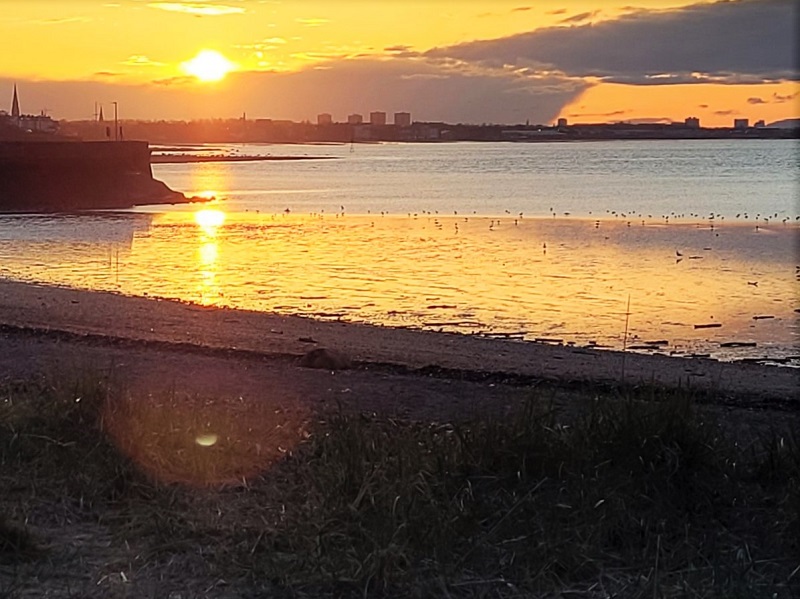

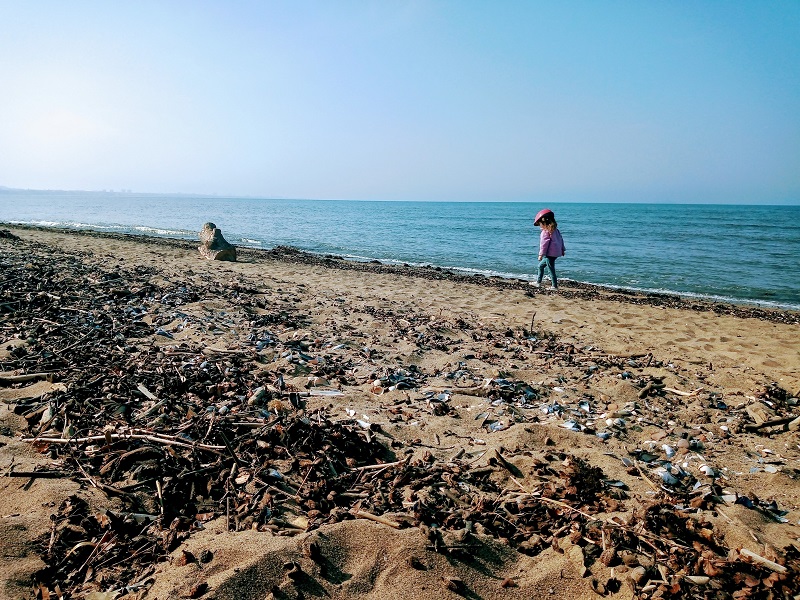



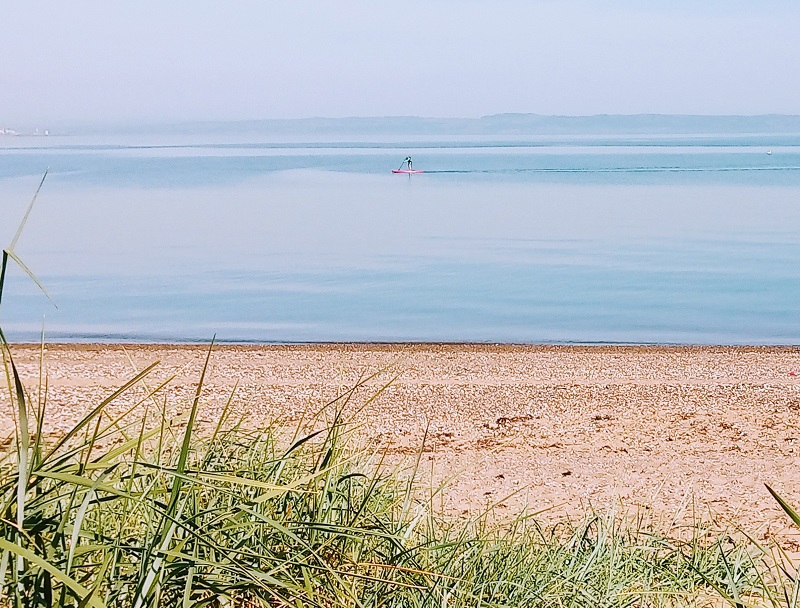


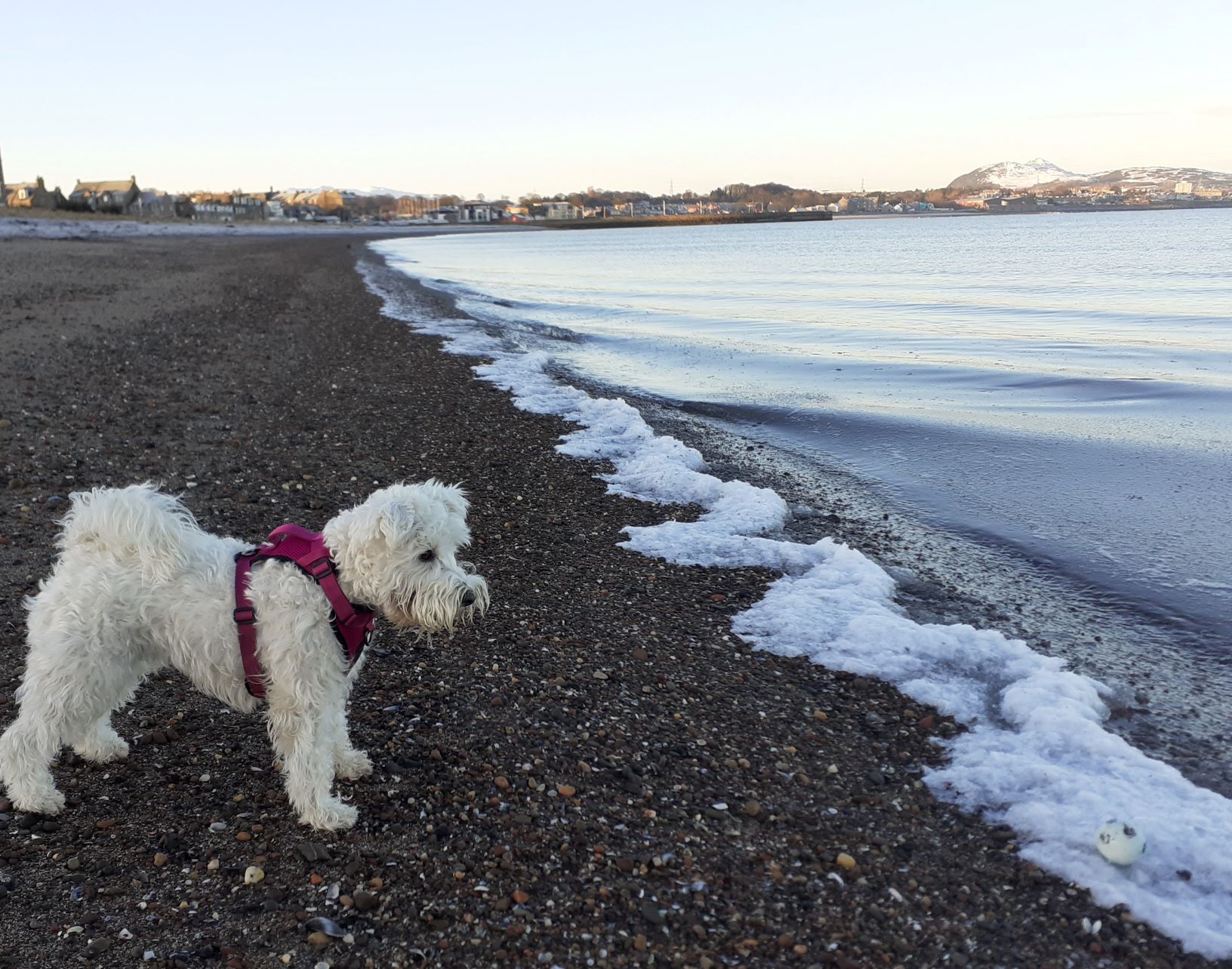
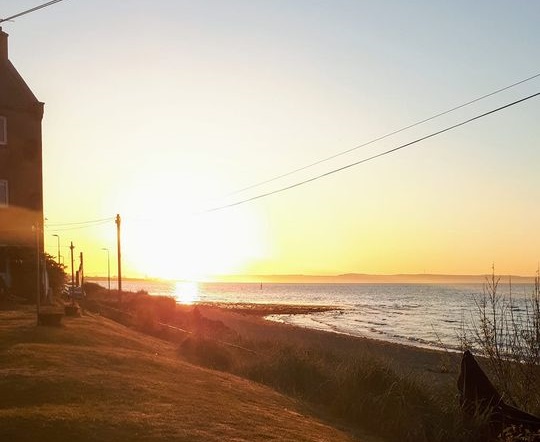






Thank you to everyone who sent in images for the online gallery above for everyone to enjoy.
Let's celebrate Fisherrow Sands!
Environment & Place
Bathing waters are designated where people are expected to be swimming and there is no permanent bathing prohibition or other advice against bathing in place. They are classified from Excellent to Poor, based on water quality. Water quality here is monitored during the bathing season by SEPA, with daily forecasts published on their website.
Fisherrow Sands lost its bathing water designation in 2020 due to five consecutive years of an average 'Poor' rating. This bathing water is subject to short term pollution when heavy rainfall occurs. Pollution risks include storm water sewage and surface water drainage. DNA tracing indicates that human, dog and gull sources are contributing to faecal pollution of the bathing water. There is a risk that short-term pollution could occur here up to two days after heavy rainfall. SEPA and Scottish Water are currently carrying out improvement works in the area to address this. You can find out more through SEPA’s website, here.
Tides: 0-500 m from the water’s edge
Average rainfall: 296mm (below Scottish average of 331mm)
Main tributaries: Burnstane/Niddrie Burn and the River Esk to the East
Catchment area: 26.7km2 of land drains into this bathing water
Beach Manager: East Lothian Council.
Community information: There are a number of local community groups that work to care for the beach and surrounding area, including Fisherrow Harbour Association, Fisherrow Waterfront Group, Eskmuthe Rowing Club and Love Musselburgh.
Stay safe at the beach with this advice from RNLI.
Wildlife & landscape
Beaches are great place for us to spend time outdoors, whether walking, pic-nicing, swimming or playing. But have you ever stopped to think who else calls this beach and these waters home?
A haven for shorebirds
Fisherrow Sands is part of the Firth of Forth Special Protection Area, meaning it contains important biodiversity, particularly birds.
The in and out of tides on beaches like Fisherrow Sands attracts a variety of water birds, who feast on the small creatures left exposed in shallow waters, sand flats and mud flats when the tides go out.
Although you may see them in flocks of hundreds, these populations are vulnerable to disturbances and are best given a wide berth. Human and pet intrusions can send them fleeing with an empty stomach.
Mussels
As the name suggests, Musselburgh has always been a hot spot for mussels. Their black shells with an often almost pearly interior are a common sight in the sand to this day. In the past they would have been much bigger, growing knee-deep in places. It is thought that building and development in the 1960s may have disrupted the tides that were vital to this flourishing population, causing it to decline.
Mussels live attached firmly to rocks, piers and other hard surfaces where the water line goes up and down with the tide. They are uniquely adapted to living in these ‘intertidal’ zones, opening up to feed when underwater and sealing up firmly when exposed to avoid water loss and protect themselves against predation. They can range greatly in size and generally grow bigger in deeper waters.
Oystercatchers
These distinctive black and white shore birds are a common sight at Fisherrow Sands, though you’re likely to hear them before you see them, hence their Scots name ‘pleep’
Like many water birds, Oystercatchers come to Fisherrow sands to forage. You can see them piping around the sand for critters or picking at mussels on the rocks.
Depending on their feeding preferences you may notice differences in their distinctive orange beaks. Birds that have a taste for mussels will generally have stouter beaks to help them pry the shells open and get to the tasty meat inside.
Lugworms
Have you ever noticed those little squiggles in the sand when the tide goes out? Chances are, there’s a lugworm burrowing nearby.
Lugworms dig U-shaped burrows where they live for weeks at a time. They feed on sand, extracting nutrients before expelling it back out in the distinctive worm-shaped sand casts. These are excreted from the ‘tail-end’ of the burrow, with the ‘head-end’ often distinguishable nearby by an indent in the sand, where the lugworm is feeding.
You can see an image of the worms themselves here. They are commonly dug up for use as fishing bait and they are also a tasty treat for foraging shore-birds.
History & Heritage
The waters of the Firth of Forth have lapped the Fisherrow shoreline throughout the ages. Have you ever considered what has changed over the years...and what more might change in the future?
A good place for a harbour
Fisherrow has been a harbour since the Romans settled in the area around AD80, building a harbour at the mouth of the River Esk.
Rebuilt in the early 1800s, it is classified as a B-listed building, meaning it is of architectural or historical significance.
A history of fishing
Fishing has always been an important part of life at Fisherrow. Fishermen used to fish for herring, and later for white fish, prawns and sprats.
The harbour was home to a large fishing fleet, but dwindling fish stocks in the 1930s combined with the development of large ocean trawlers saw the trade decline by the end of the 1950s.
The Fisherrow Wives
Known for their striped skirts and aprons, the Fisherrow Wives were hard workers who could gut up to 20,000 fish in a single day. They also played golf and football before it was fashionable for women and formed a choir that sang together for 40 years.

